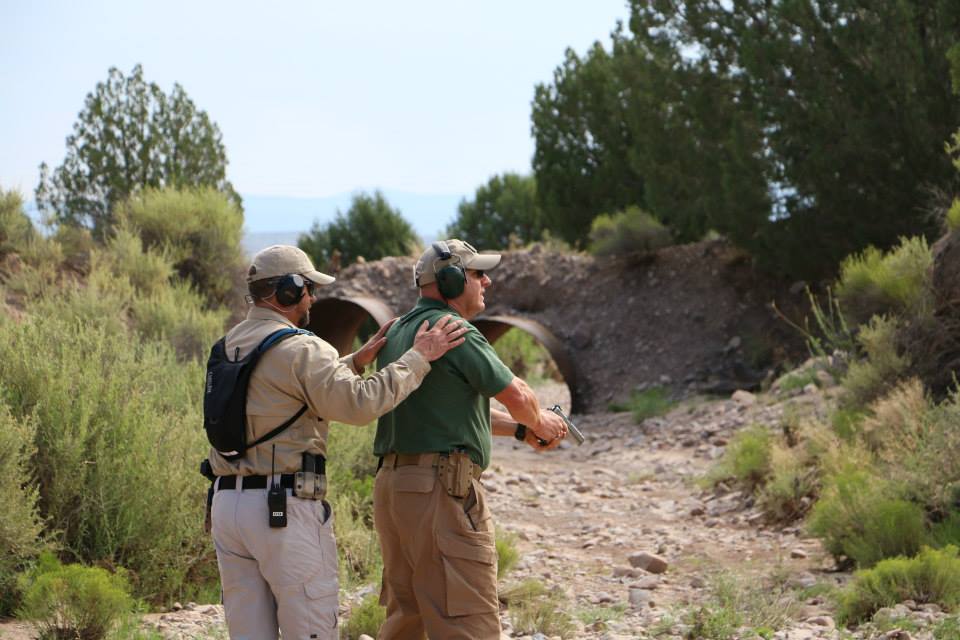I have coached baseball in some form or another for nearly 25 years. Along the way, we have won a couple of games. More wins than I care to admit were a result of a well-placed bunt. Numerous championships resulted from the art of the bunt. When the winning run is pushed across home plate, everyone celebrates. Each time I signaled one of my star players to bunt I would get this pouty-faced reaction as they stepped out of the batter’s box like I had asked them to drive a Pacer to the prom. No matter how many games we won, no matter how many championships came about as a result of bunting, most of my guys hated bunting. They knew it worked! They believed in bunting. Just not them bunting!
I get the same reaction when I talk to my shooting students about dry fire practice. They do it because I insist. They understand it. They see that it works. But like bunting, they refuse to do it on their own. They say, “Yeah, uh huh, okay, Dave,” and they never do it again until they see me at the next training, and I force them to do it. I can tell that they have done zero dry work on their own, because their skill level is unimproved or has even deteriorated.
What is dry fire practice? It is the manipulation of the weapon without the use of live ammo. Many aspects of the shooting sciences can be learned and practiced dry. Shooters are often mistaken in thinking that they need to shoot thousands of rounds of live ammo in order to become more proficient shooters. In the police academy, I watched young men who had almost no formal weapons training learn to handle pistols dry. In a classroom setting, they ran their weapons dry. Never firing a live round until range day. The instructors let cadets discover how their weapons functioned. By the time we got to live range work, everyone knew their weapons inside and out.
The most important aspect of dry fire practice is safely setting the stage to practice. NO LIVE AMMUNITION is to be present in the dry practice area. Make a routine of unloading your weapon. Store all live ammo in a separate room and then go to your special practice area with a good, safe shooting wall or backstop; after checking numerous times to make sure that your weapon is unloaded. Obey the four rules of firearm safety when dry fire practicing. Once your gun is unloaded and safe, remove the magazine. This will allow your slide to work fore and aft and will not lock into the slide lock position. All five of the foundations of marksmanship – grip, stance, breathing, sight picture and trigger squeeze – can be practiced dry. Trigger work and sight picture are especially benefitted by dry practice. It’s obvious where your sights are going when you press the trigger properly versus jerking or slapping the trigger. When the concussion of the weapon is heard and felt, it disturbs the sights, and one can’t tell where their trigger squeeze has taken the sights. Do it dry and it becomes apparent why you are shooting low and to the left.
As each foundation is mastered, move on to more challenging work. Loading and unloading, speed loads as well as tactical magazine changes can be accomplished dry. Clearances and malfunctions can be addressed in a dry format. Dummy or training ammunition can be incorporated in your practice sessions. Level I, II and III stoppages can be set up and practiced with dummy ammo. Drawing from a holster and presenting one’s weapon will help iron out many of the creases of poor technique. Flashlight work is also quite beneficial and can be done dry, in a dark room.
One of the biggest benefits of dry practice is that it is free. A box of 9mm ammo was about $8-$9/box a year or two ago. The same box of ammo can now be upwards of $35. Dry fire practice isn’t sexy. It’s like bunting. It just works. Dry fire will make you a better shooter than shooting live fire exclusively. If you need help in setting up a dry fire practice plan, give me a call. There are many good sources of information as well as fine videos on dry fire practice found on the internet. Don’t short yourself on the most beneficial aspect of shooting practice and preparation.
